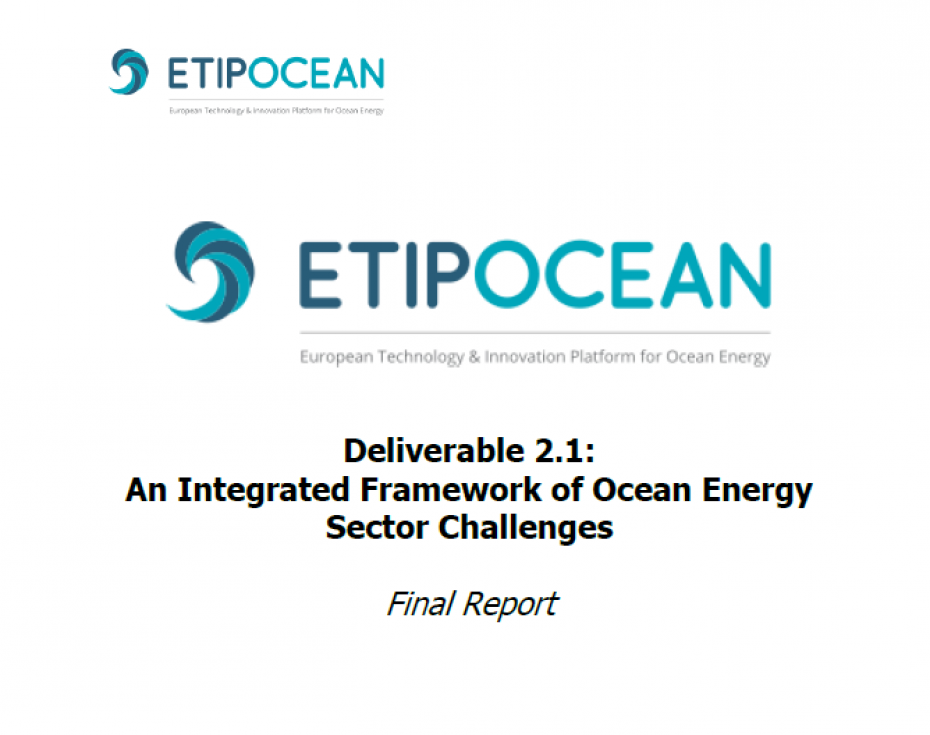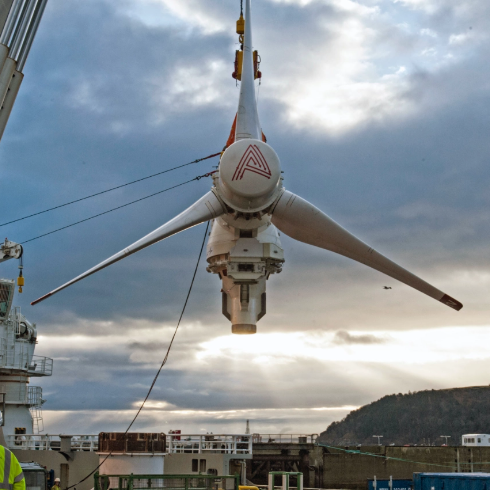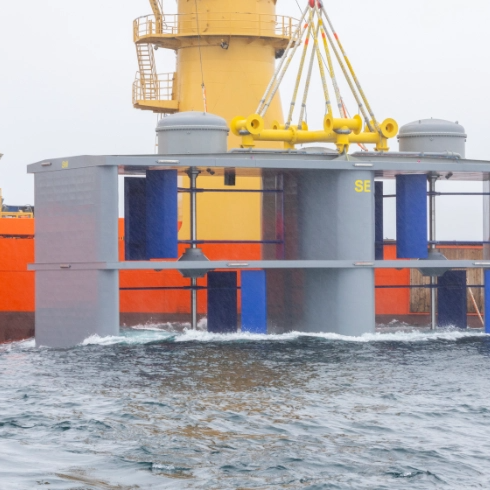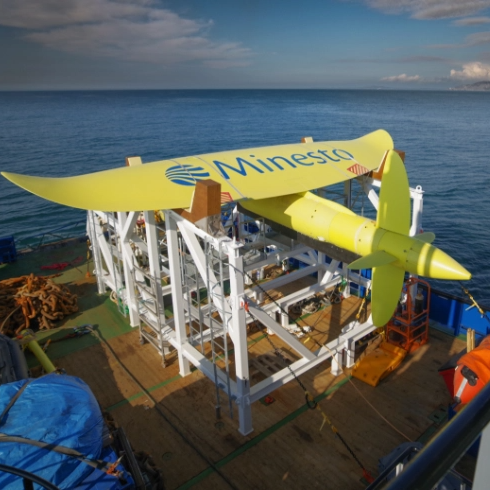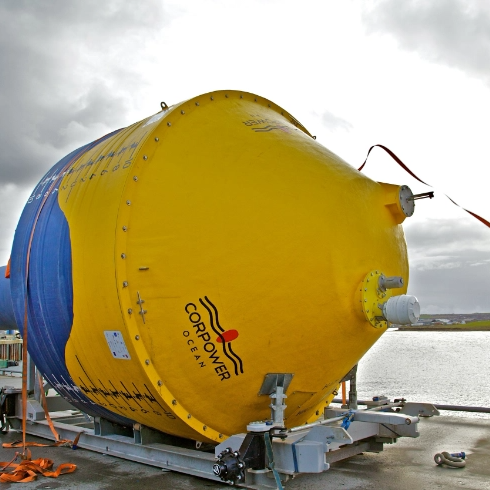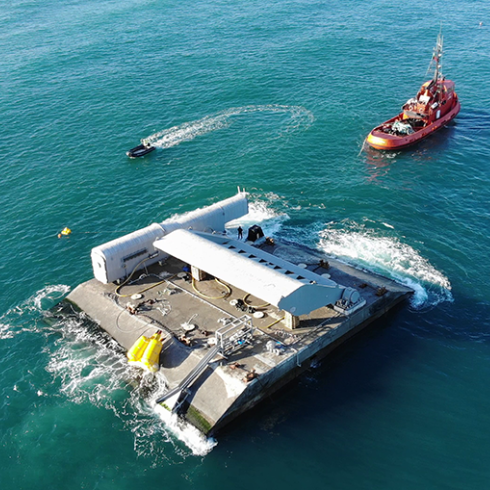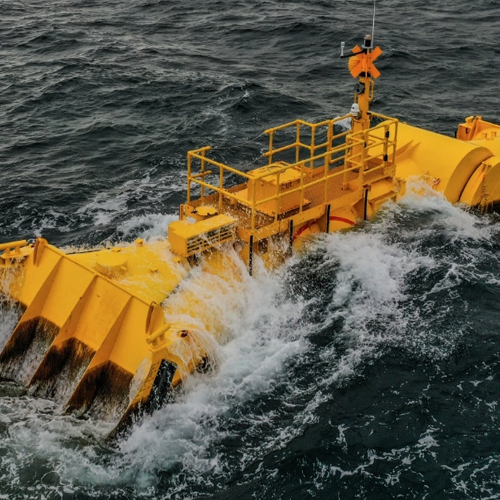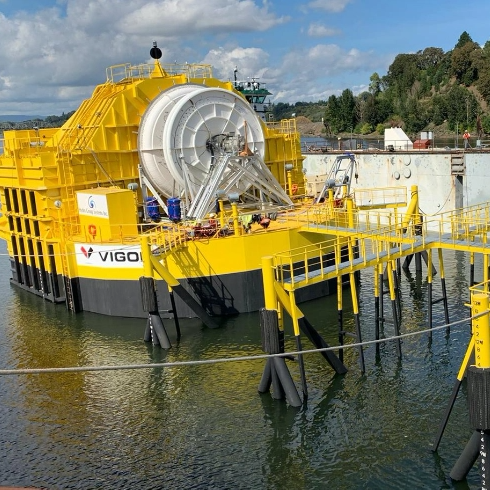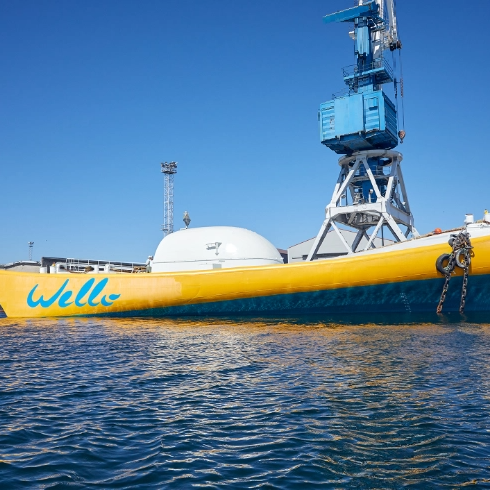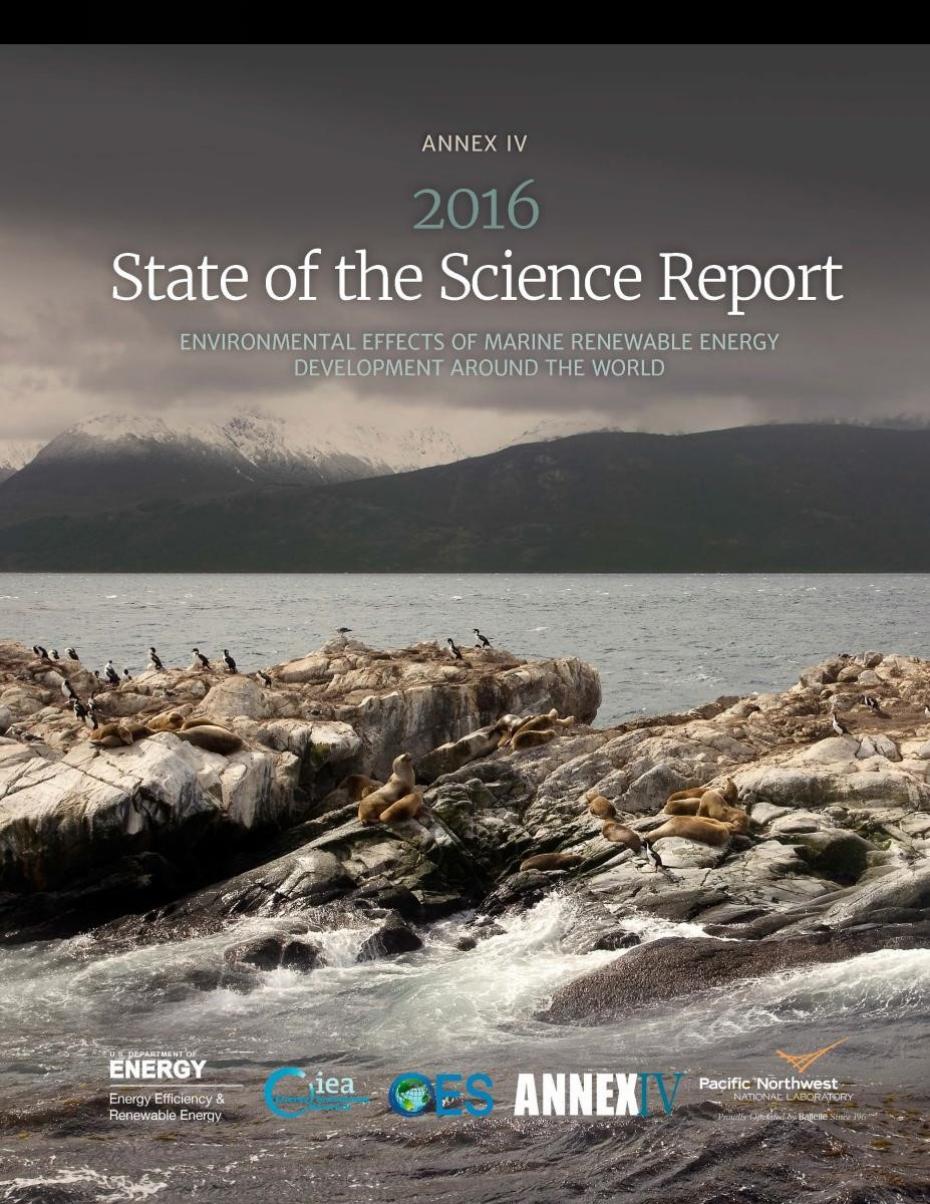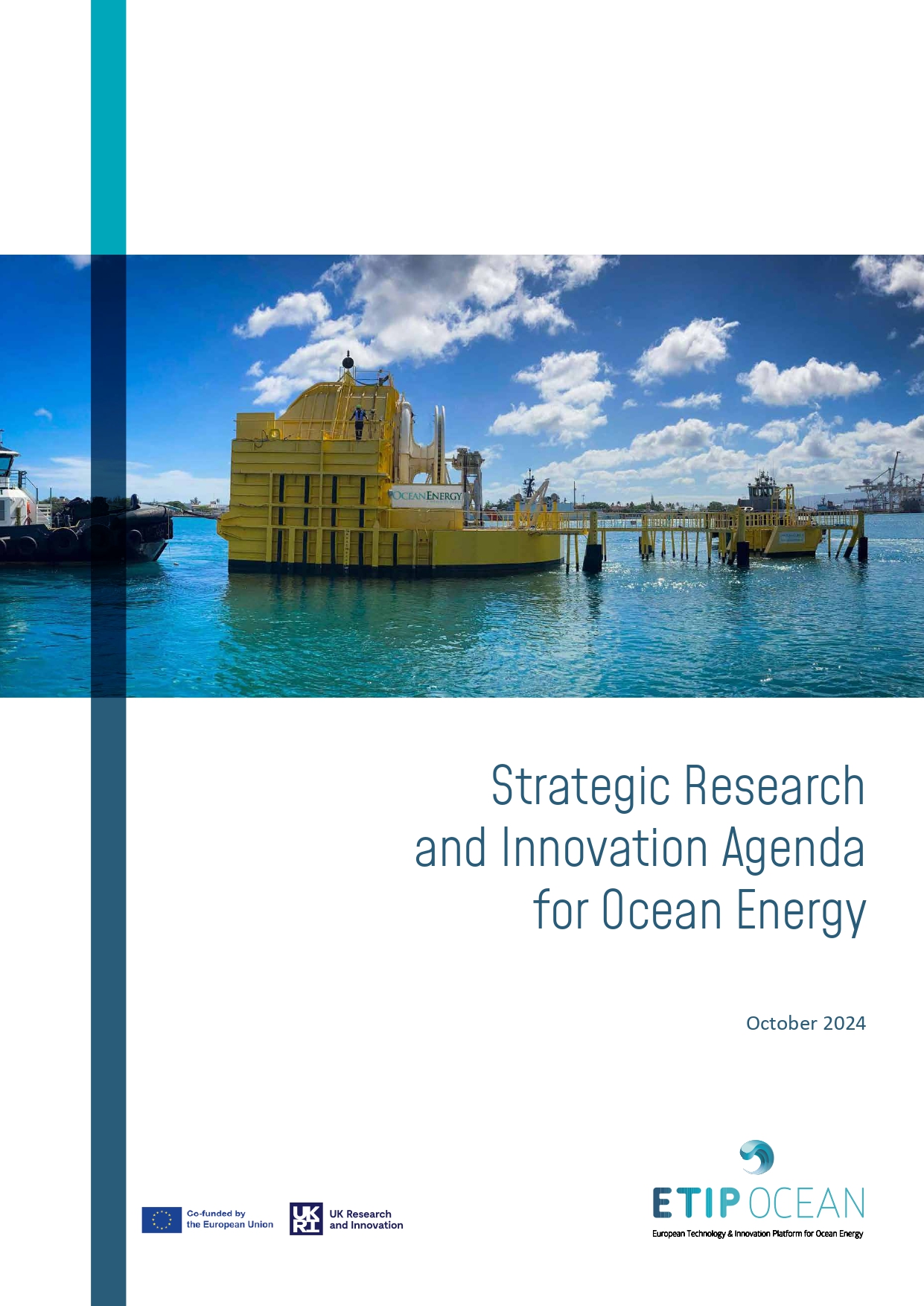
Offshore renewables paving the way for a competitive climate-neutral Europe by 2050
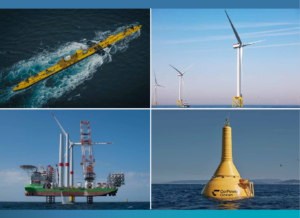
Images: from left to right – up: ©Orbital Marine Power/©Iberdrola; Down: ©EDF/©CorPower Ocean
This joint ETIP Ocean and ETIPWind report aims to outline the key policy measures and R&I priorities that will allow Europe to scale up offshore renewables. The report shows that Europe’s offshore renewable energy potential is 4,673 GW for bottom-fixed and floating offshore wind, and 130 GW for wave and tidal energy. By unlocking this potential, Europe can boost its competitiveness, reinforce energy security, and create high-skilled local jobs.
Fully harnessing Europe’s offshore renewables potential will require a supportive policy framework at both the EU and national level. Such a framework should include measures to provide market visibility, to streamline permitting, to design fit-for-purpose financing mechanisms, and to support grid development.
Together, these will help to de-risk projects, cut costs, accelerate build-out, provide long-term investment certainty, and safeguard Europe’s leadership in offshore renewables.
Alongside supportive policies, EU and national authorities need to optimise R&I funding by prioritising projects which accelerate the deployment of offshore renewables. Since the different offshore renewable technologies are at varying levels of technological readiness, they come with different technological and deployment challenges.
For bottom-fixed offshore wind, this means optimising the efficiency of existing technologies to safeguard competitiveness. For floating offshore wind, the focus should be on
scale-up. And for wave and tidal, R&I investments should focus on large-scale demonstration projects.
Despite these differences, offshore renewable technologies have challenges in common. And these are prime targets for public R&I funding. The key topics for joint research include, for example, system integration of co-located projects, quick connect/disconnect systems for mooring lines and inter-array cables, and the optimisation of port logistics.
This is an extract, full report available as PDF download
Download full report
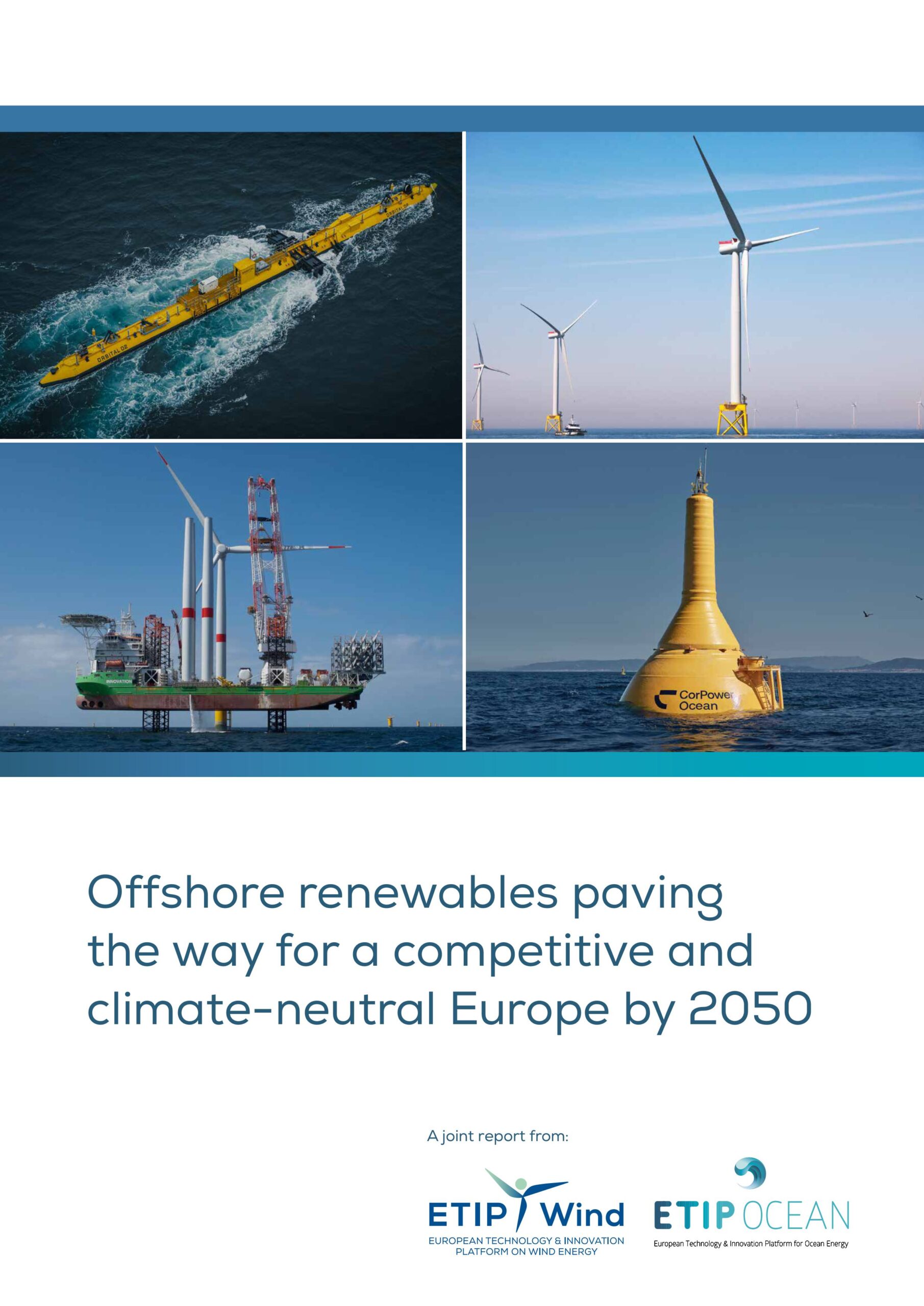
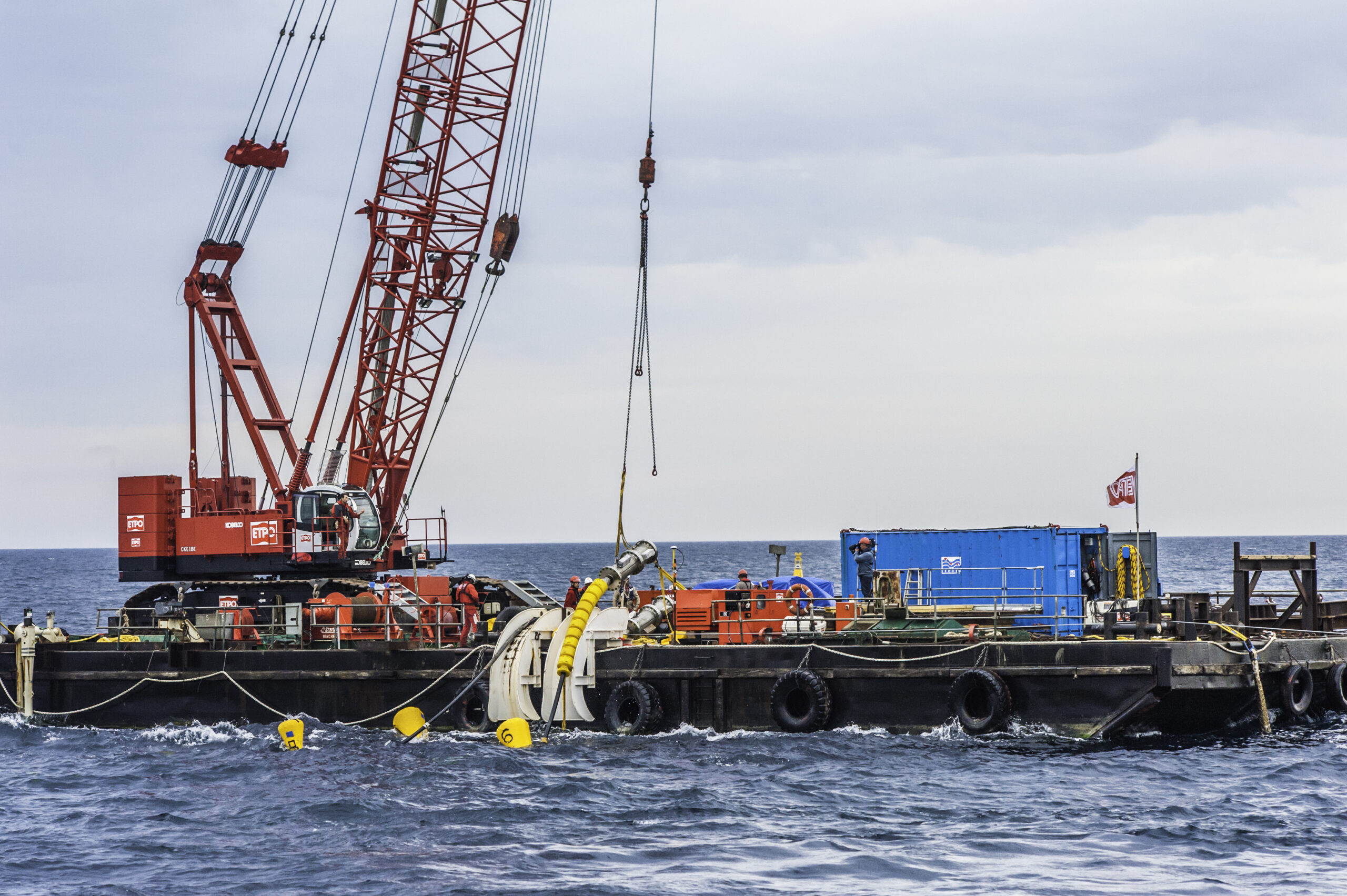
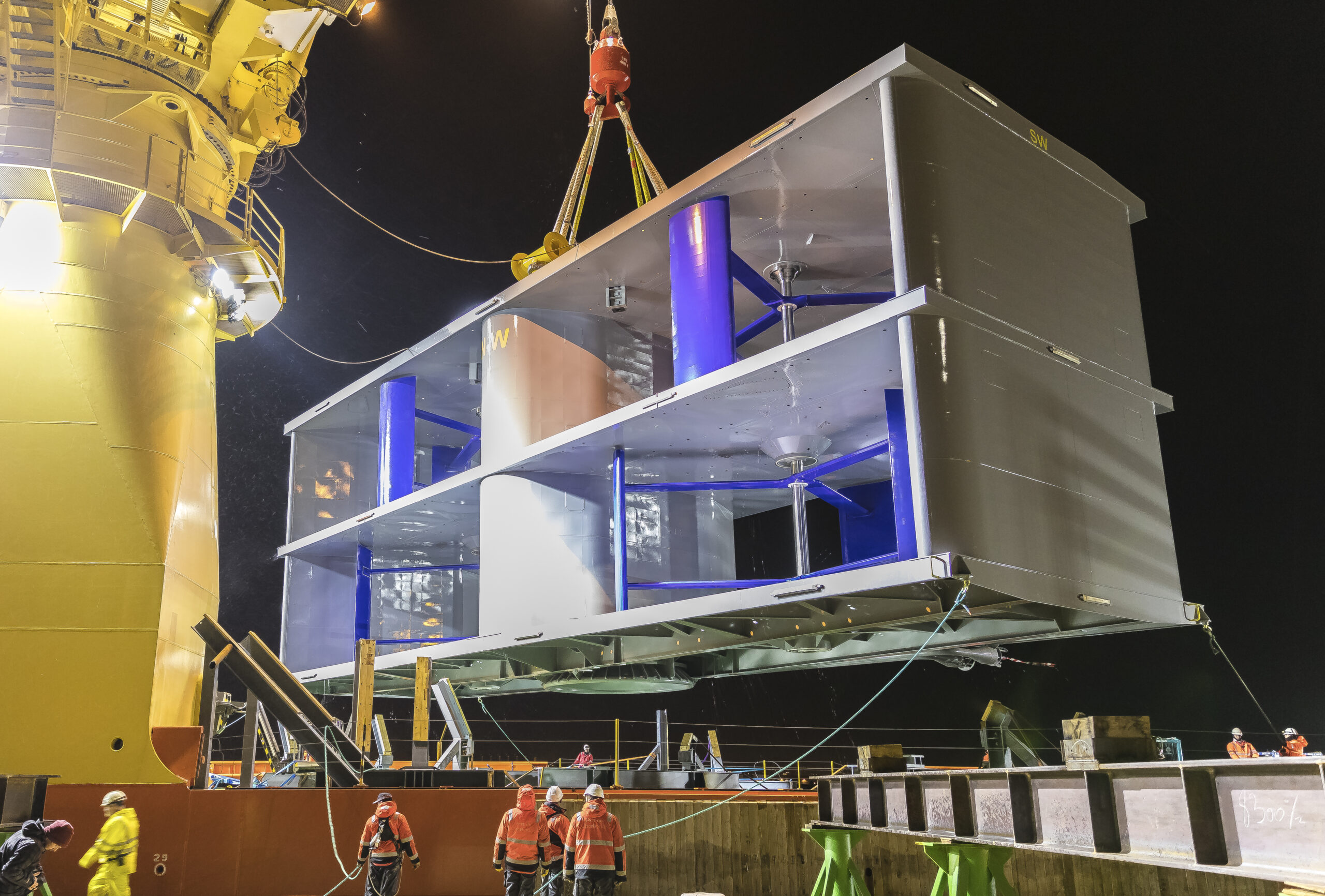
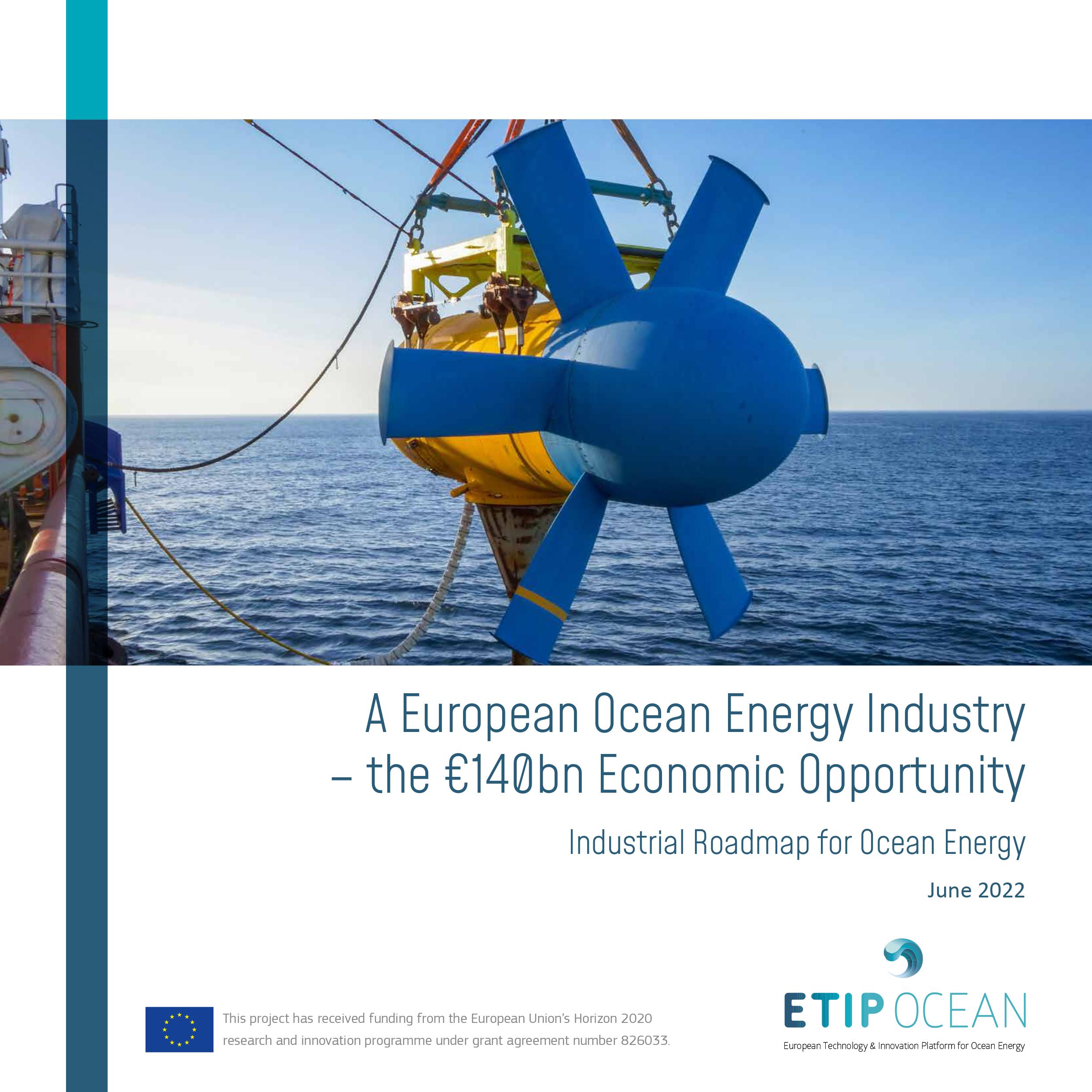
Industrial Roadmap for Ocean Energy 01 Jul 2022

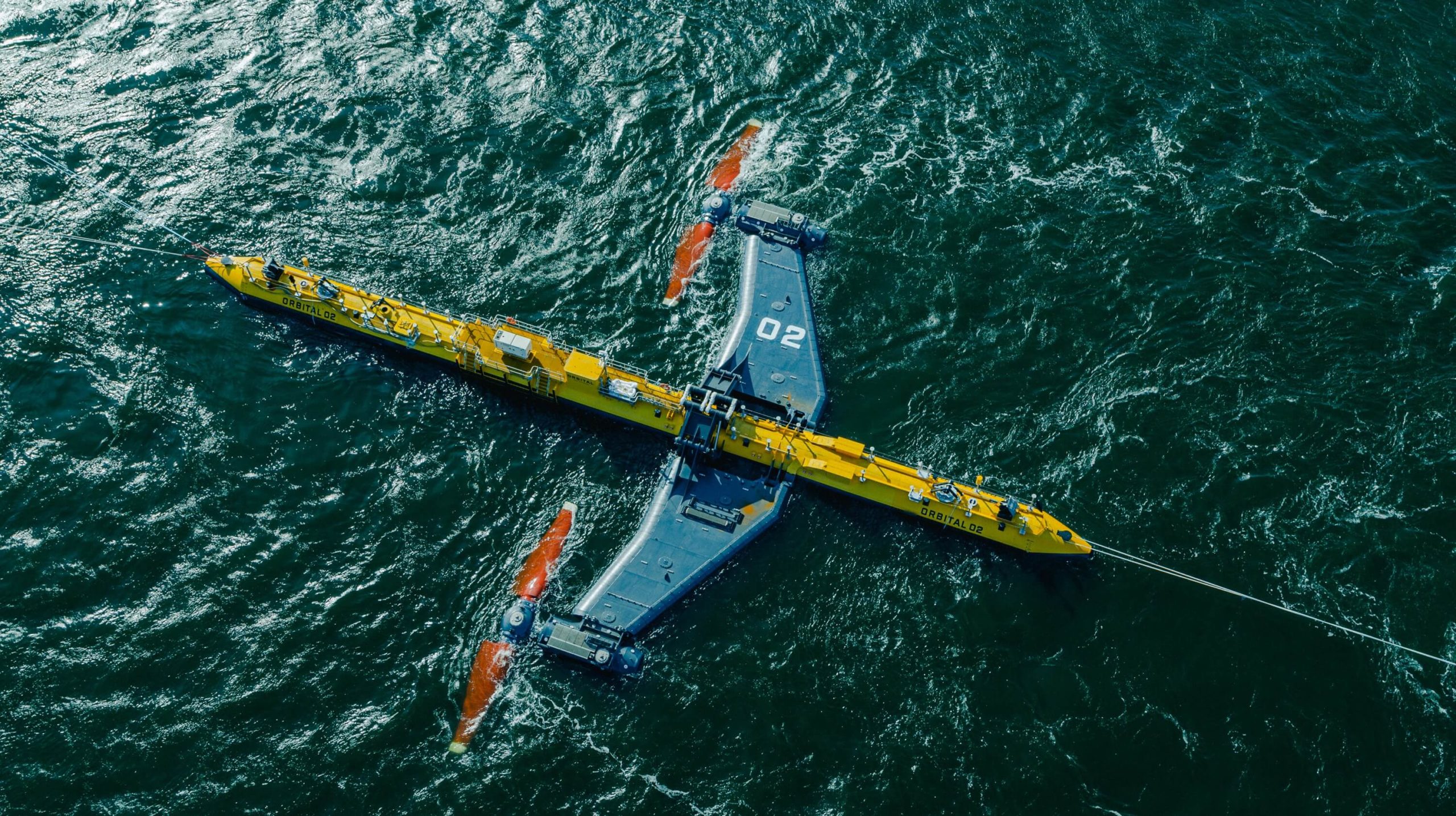
ETIP Ocean engagement with the SET Plan actions 01 Jan 2022
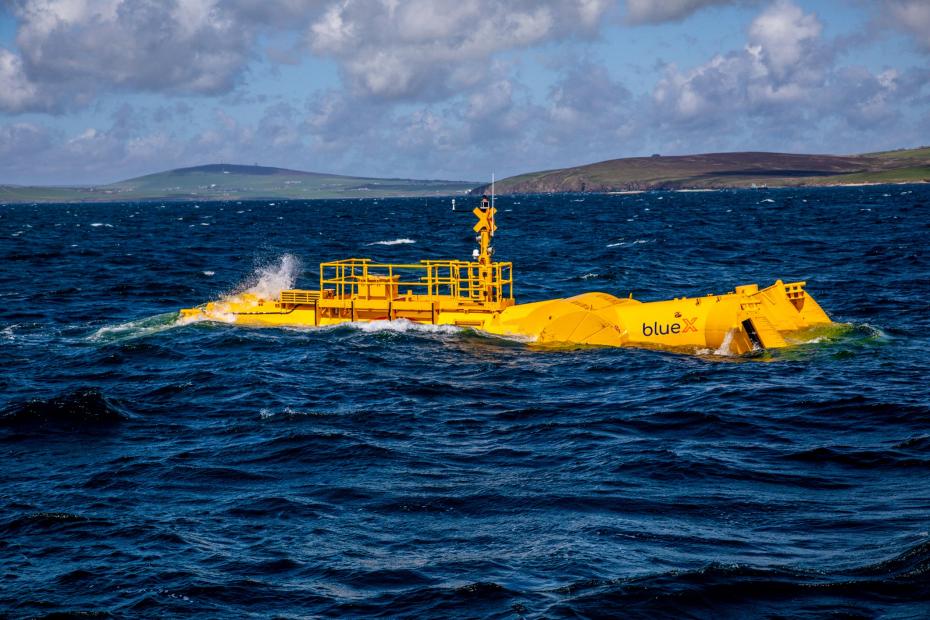
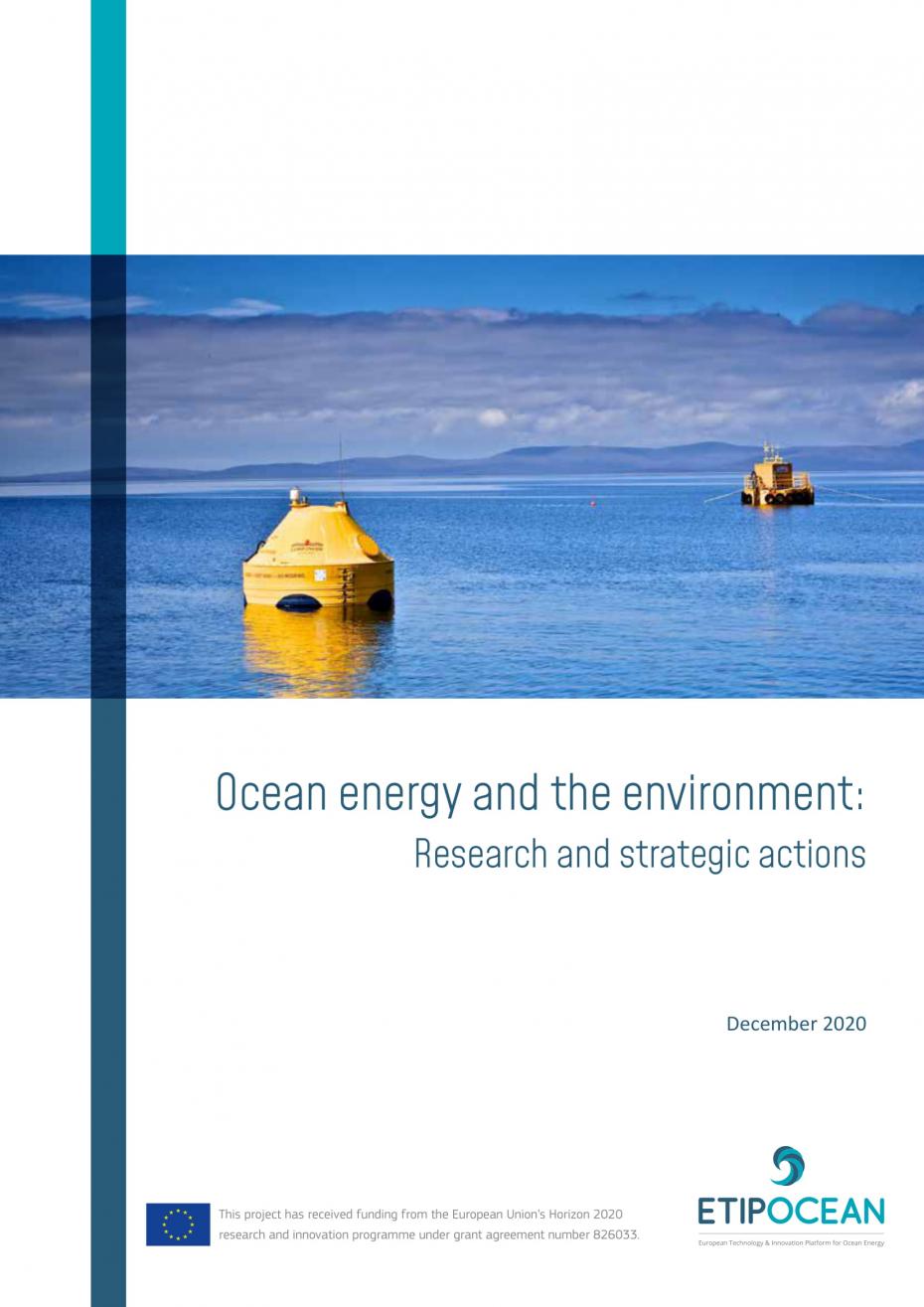
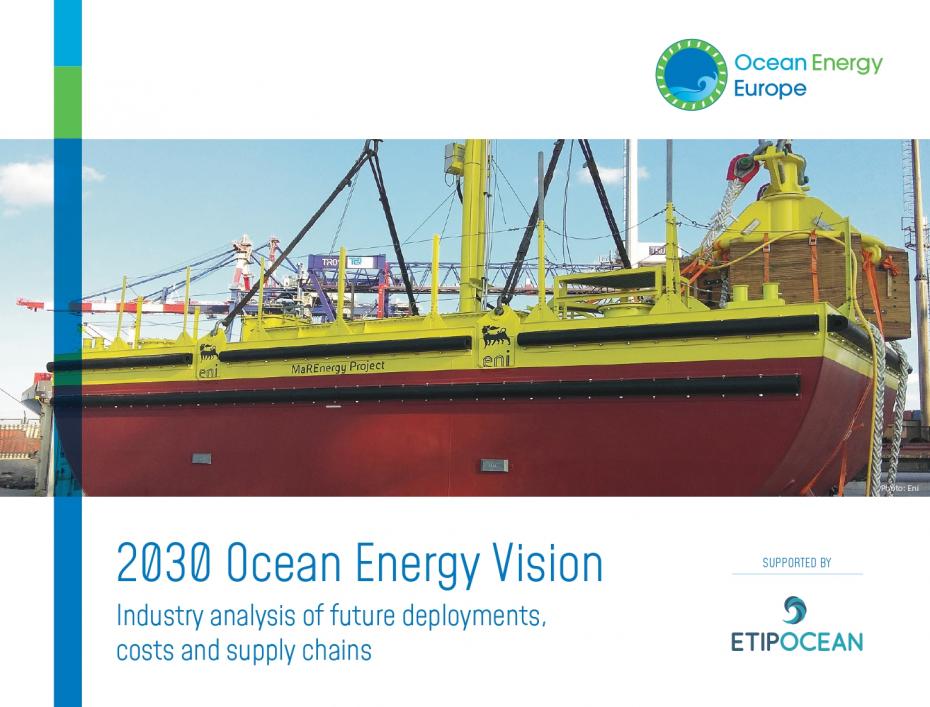
2030 Ocean Energy Vision 13 Oct 2020
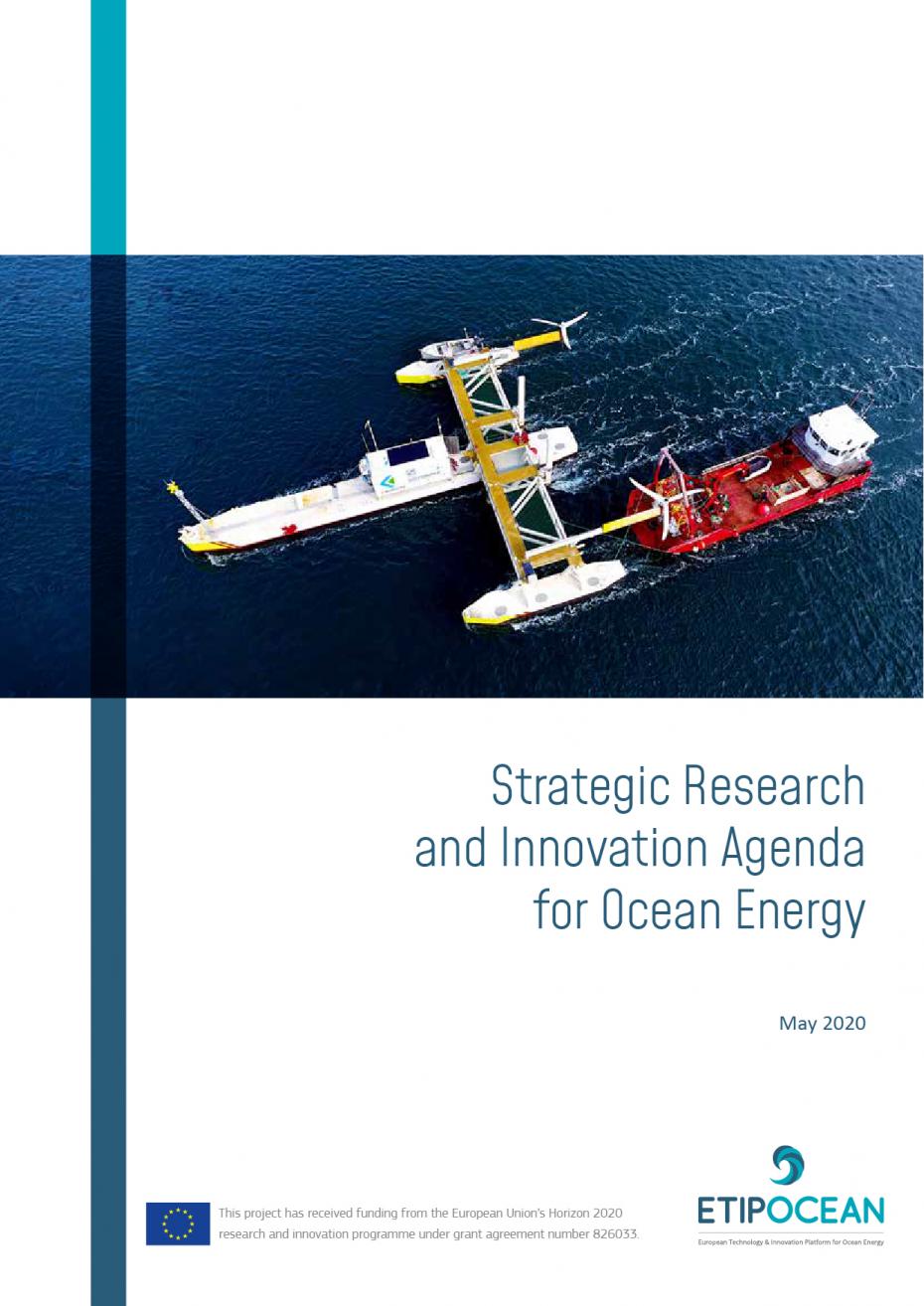
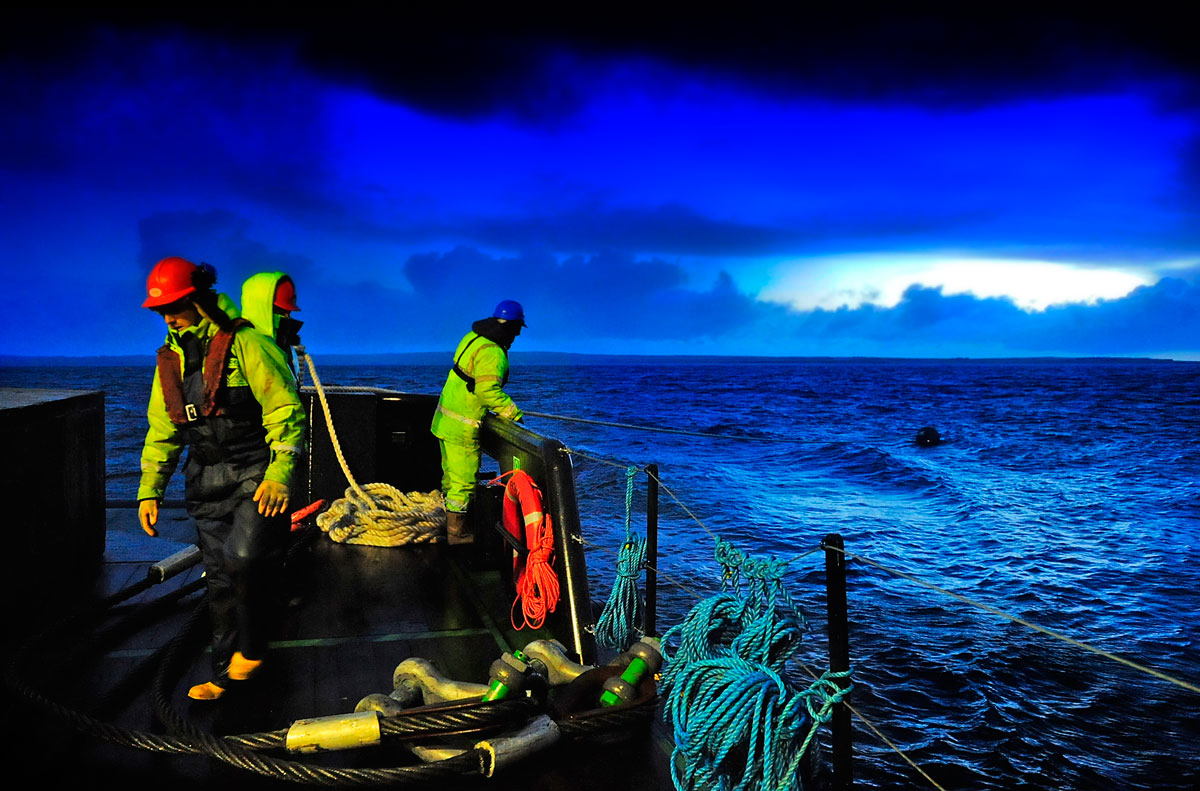

New ETIP Ocean report: EU and national policies play a key role in ocean energy development 19 Dec 2019
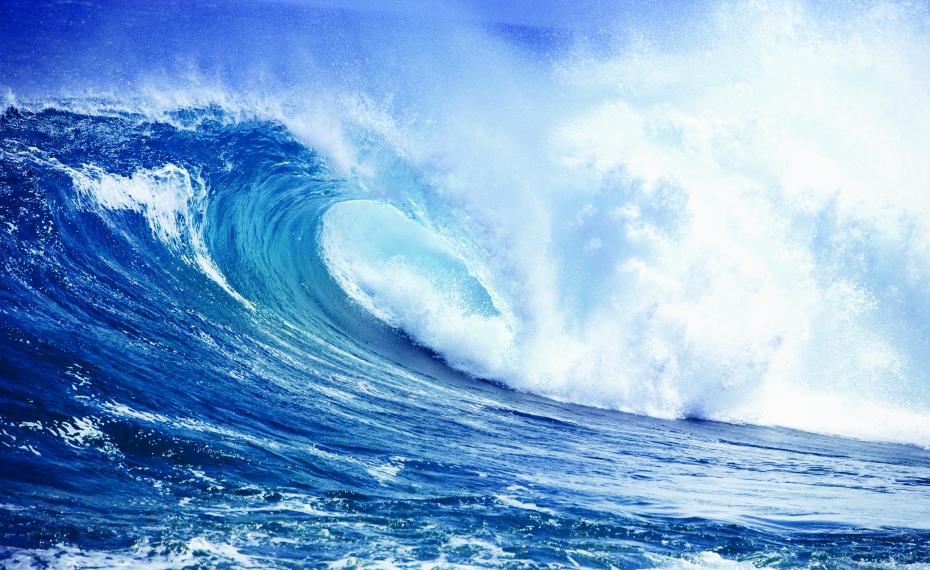

Powering Homes Today, Powering Nations Tomorrow 10 Apr 2019
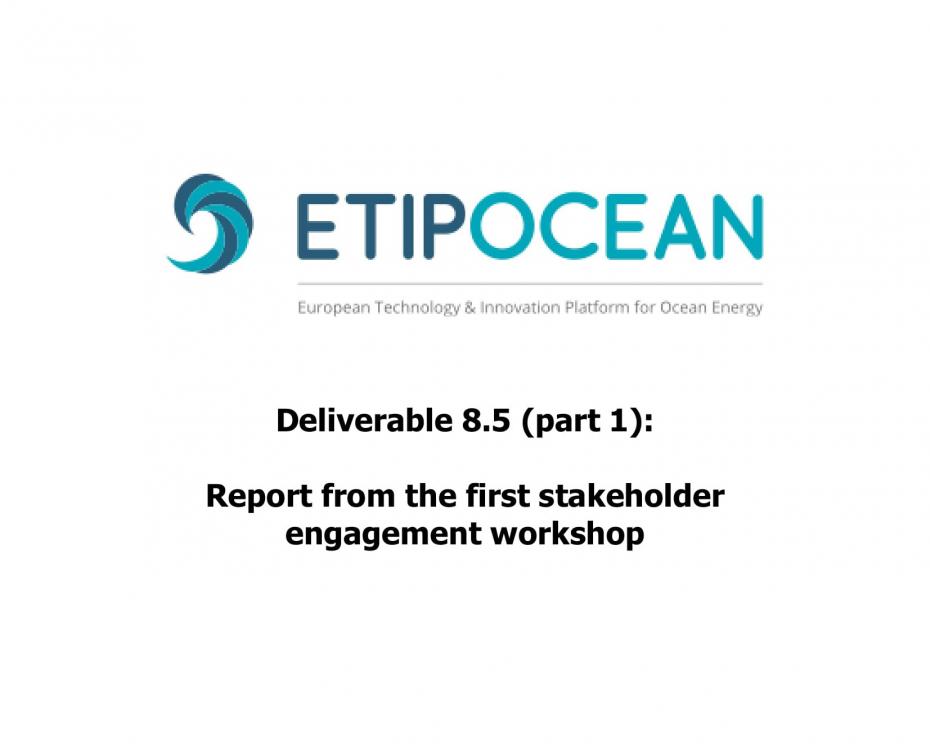
Report from the first workshop 30 Nov 2018
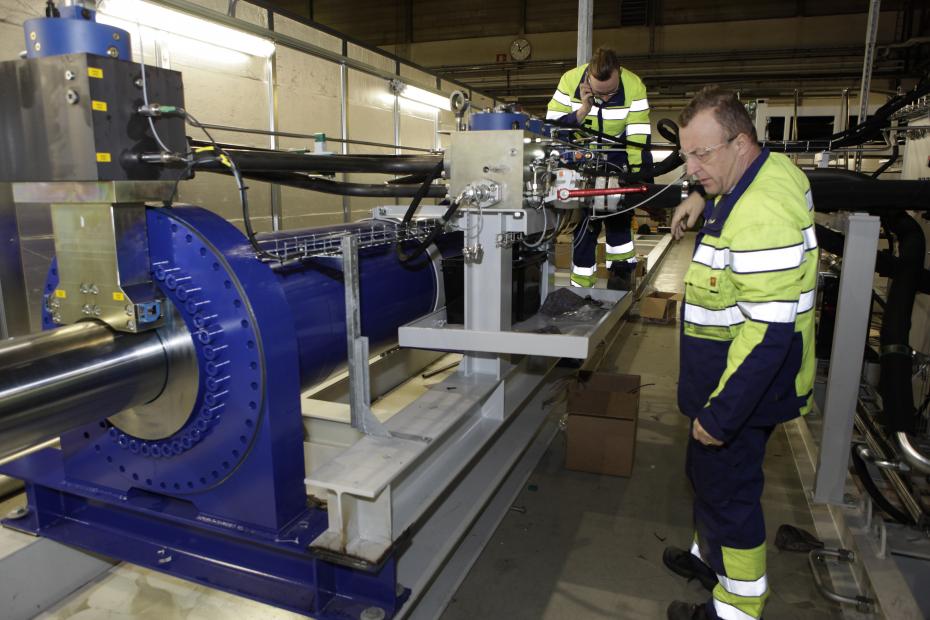
EU-funded ocean energy projects: complete description and links to H2020 and FP7 projects 28 Mar 2017
